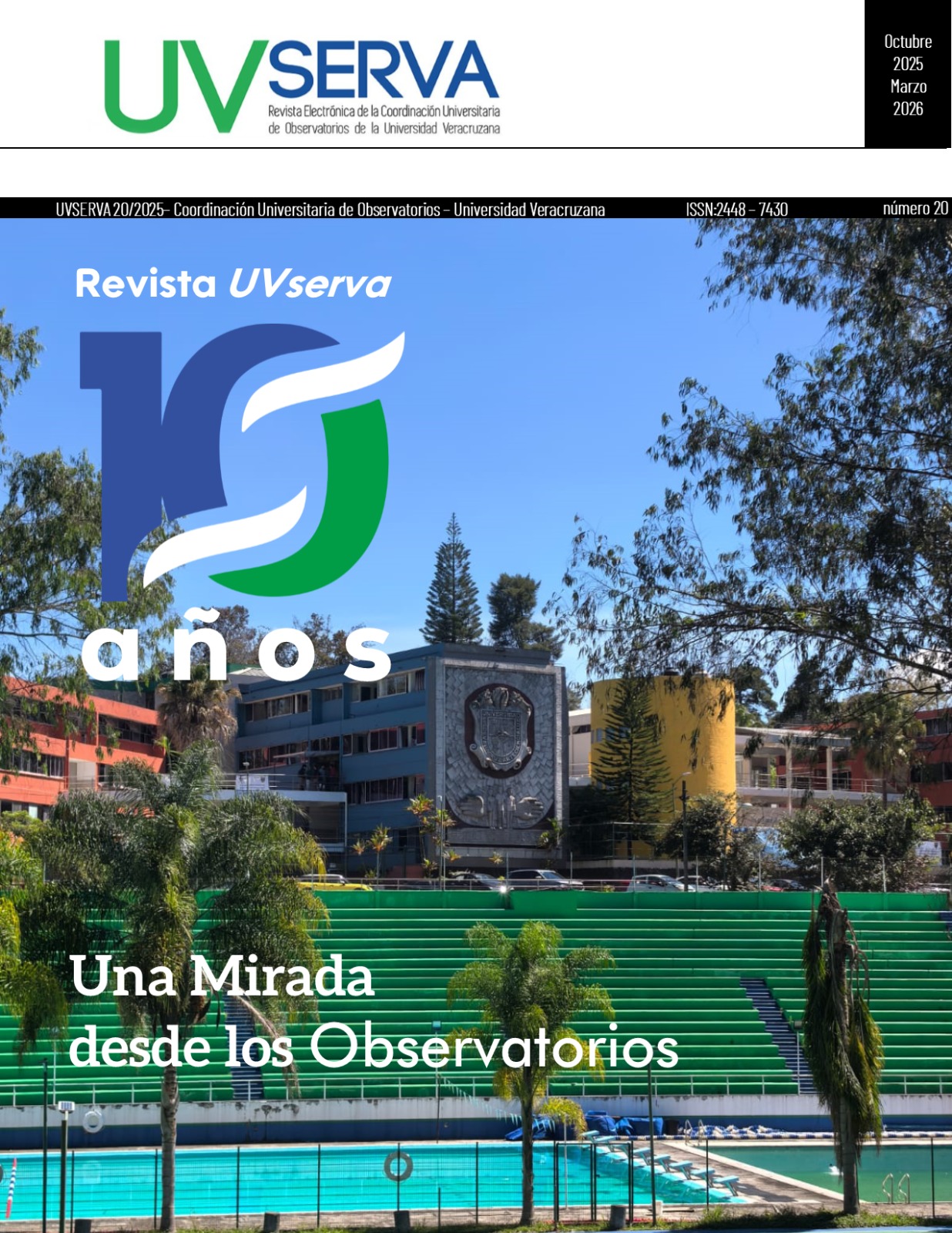Abstract
Mesophotic coral ecosystems are communities that are typically distributed at depths between 30 to 150 m, depending on the transparency of the water column. The study of these ecosystems has recently gained interest, attributing to them the hypothetical function of ecological refuge due to anthropogenic pressure, for species usually found in shallower areas (<30 m). However, on a global scale, studies describing their ecological status are very scarce or non-existent for some regions. In the present study, an evaluation of the ecological status of reefs distributed in mesophotic environments of the central coast of Veracruz, Mexico, was carried out using the Rapid Ecological Status Index (Q-MAES). To obtain the information, a remotely operated vehicle (ROV) was used, equipped with a high-definition video camera. 11 video transects of 15 minutes each, were obtained, which correspond to approximately 150 m of distance traveled by each sampling unit. The transects were carried out in the windward zone (W) of the Holandesas III, Santiaguillo and Anegadilla reefs, in a range of 30 to 44 m depth. From each transect video, 20 frames were extracted, considering each apparent change of the reefscape. To determine the q-MAES index, a rapid visual analysis was applied to each frame with the CPCE software, using 50 random points, and quantitative data were obtained considering 4 variables; ST (Number of megabenthonic taxa), SCB (percentage of biotic cover), SL (percentage of marine litter) and SE (percentage of cover of erect species), finally the correlation that exists between the ecological status q-MAES with the estimated anthropogenic pressure received by the three sites, was determined.

This work is licensed under a Creative Commons Attribution-NonCommercial 4.0 International License.
Copyright (c) 2025 Itzayana Gutierrez-Hernandez, Javier Bello Pineda, Guillermo Horta-Puga, Jonathan Aguilera Arias, Eduardo Morteo Ortiz

